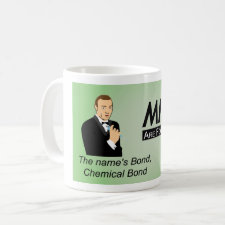
Authors: Dhakal RP, Oshima T, Baba Y
Article Title: Planarity-recognition enhancement of N-(2-pyridylmethyl)chitosan by imprinting planar metal ions.
Publication date: 2008
Journal: Reactive and Functional Polymers
Volume: 68
Issue: (11)
Page numbers: 1549-1556.
DOI: 10.1016/j.reactfunctpolym.2008.08.008
Alternative URL: http://www.sciencedirect.com/science/article/B6TY0-4TB77C7-2/2/7d85315fbf9ac2104c35ce3a266df1ee
Abstract: Chitosan was successfully converted into more reactive N-(2-pyridylmethyl)chitosan (PMC) via Schiff's base formation followed by its reduction. The PMC was then complexed with Ni(II) and Cu(II) to imprint their own planar geometry onto it, followed by crosslinking with 2-(chloromethyl)oxirane. The corresponding metal ions were finally stripped out by HCl and EDTA/HCl, respectively. The both imprinted PMC adsorbed to the corresponding metal ions at much lower pH than its native counterpart, the crosslinked PMC, does. In addition, it has also enhanced the planarity recognition properties of the imprinted materials as suggested by selective adsorption of Pd(II), Au(III), Cu(II) and Ni(II) away from other metal ions compared to non-imprinted PMC
Template and target information: nickel ion, copper ion, Ni(II), Cu(II)
Author keywords: Pyridylmethylchitosan, Imprinting method, Template metal ions, Planar recognition, Adsorption enhancement



Join the Society for Molecular Imprinting

New items RSS feed
Sign-up for e-mail updates:
Choose between receiving an occasional newsletter or more frequent e-mail alerts.
Click here to go to the sign-up page.
Is your name elemental or peptidic? Enter your name and find out by clicking either of the buttons below!
Other products you may like:
 MIPdatabase
MIPdatabase









